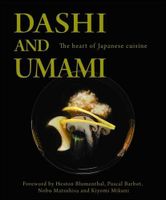Advertisement
How katsuobushi is made
The process by which katsuobushi is made is truly remarkable, as befitting an ingredient that has such an effect on the dishes that it is added to. It begins in the southern Pacific Ocean, where many katsuo are caught. They are frozen right there and then on the boat, to ensure maximum freshness when they reach port.
Once on dryland, the katsuo are defrosted and filleted. This must be carried out with care, as how the fish is cut here will have a direct effect on the shape of the finished blocks of dried katsuo. The fish is cut according to the popular fish filleting method known in Japanese as sanmai oroshi (cutting into three pieces), where the flesh on either side of the fish is separated from the tail and backbone of the fish. In the case of specimens weighing less than 3 kg, the two pieces of flesh are used as they are, and the finished product is referred to as kamebushi (‘turtle’ block). With larger specimens, each of these pieces is cut in half along the bloody flesh known as chiai, to give four pieces of flesh per fish. The upper piece on each side is known as obushi (male’ block), and the lower as mebushi (‘female’ block).

